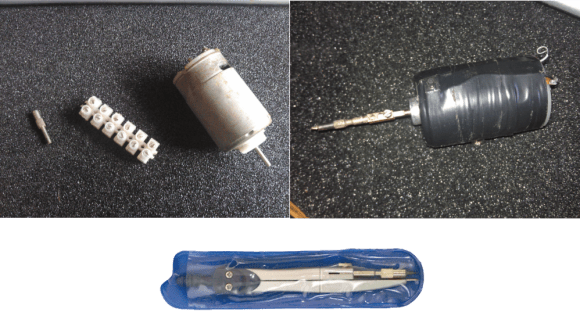
[Daniel] and his coworker [Chris] were interested in the concept of standing desks — unfortunately, the company wasn’t about to buy them a new desk to test it out — so they decided to modify the tables themselves!
The IKEA tables they are using have three adjustable legs — just not that adjustable for standing. The challenge was to modify these tables in such a way that it can easily be reversed — they didn’t want the facilities department to get mad at them! Originally they wanted to use steel legs for structural stability, but discovered they’d have to do quite a bit of modification to the steel tubing with tools they didn’t have. So they chose PVC instead.
[Chris] had remembered seeing a hack here on heating up PVC pipe to make it malleable — try as we might we weren’t able to find what he was referring to, but a quick search on YouTube brings up lots of tutorials on how to do it.
Continue reading “Clever Use Of PVC To Make A Standing Desk At Work”


















